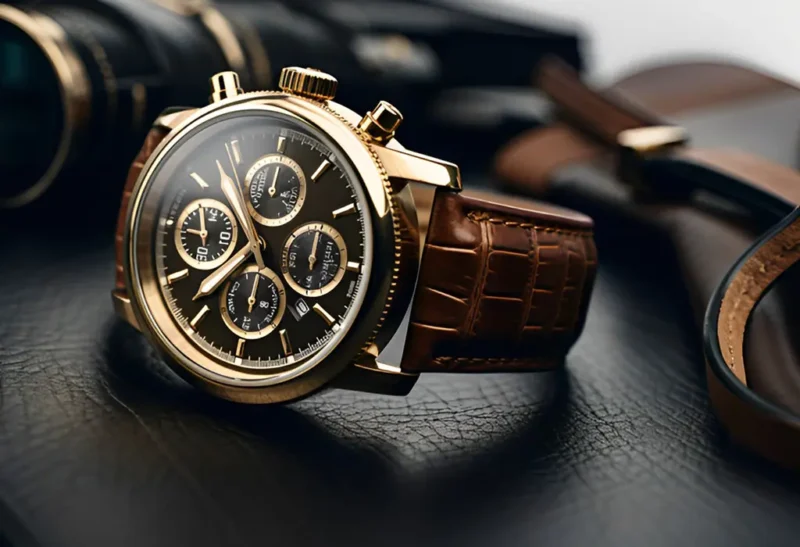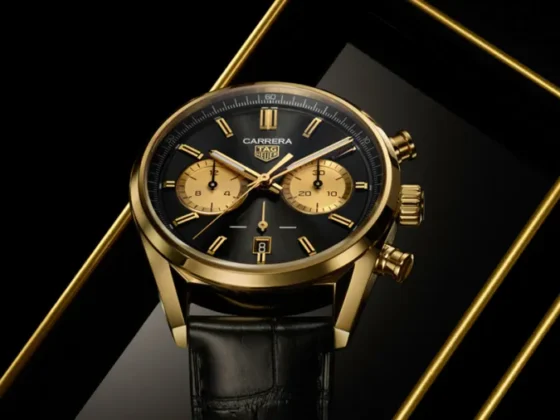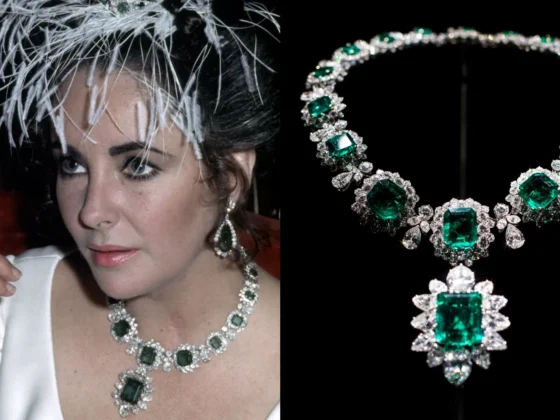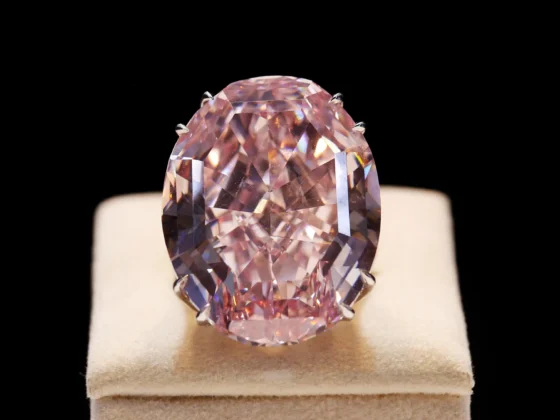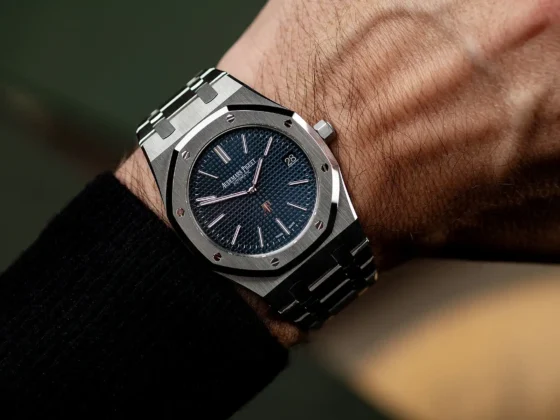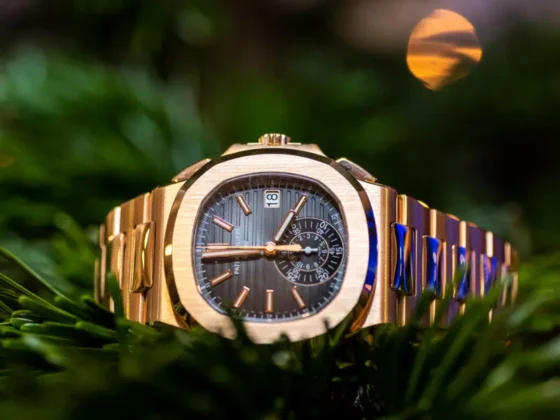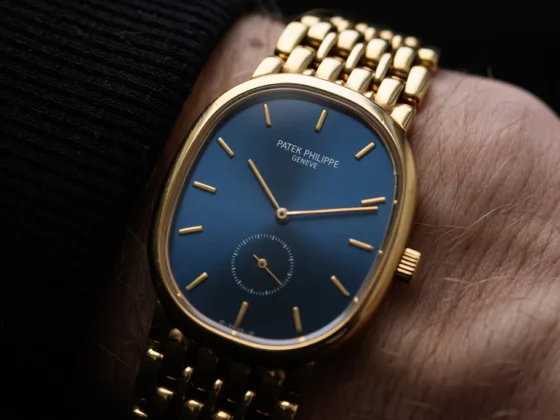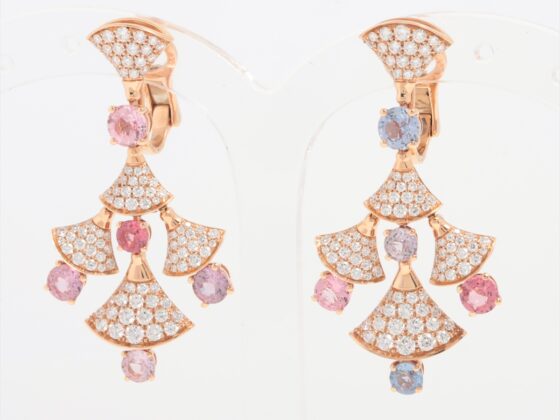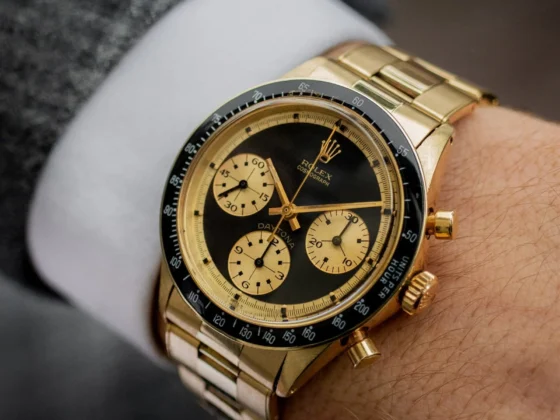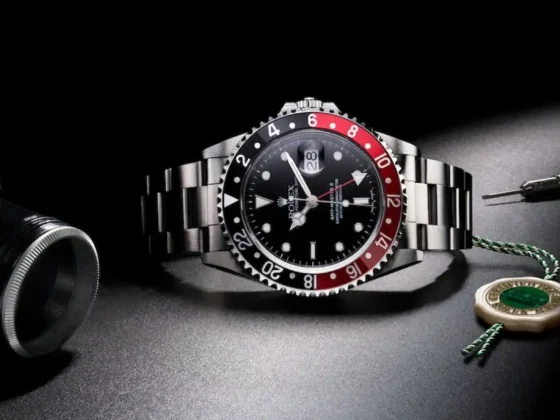In the world of luxury timepieces, many enthusiasts start with a simple passion for watches, only to evolve into seasoned collectors with carefully curated collections. But what sets the world’s leading collectors apart from casual buyers? How do they curate and maintain collections that not only reflect personal taste but also become investments of cultural and financial value?
In this article, we explore how top collectors navigate the journey from passion to profession, offering insights into how they select, care for, and showcase their luxury watch collections.
The Journey from Enthusiast to Collector
For many watch aficionados, collecting begins as a passion, driven by a love for horology, design, and craftsmanship. As their interest deepens, so does their knowledge of the market and appreciation for rare and vintage pieces. Over time, these collectors become more strategic, focusing not only on aesthetics but also on value, provenance, and exclusivity.
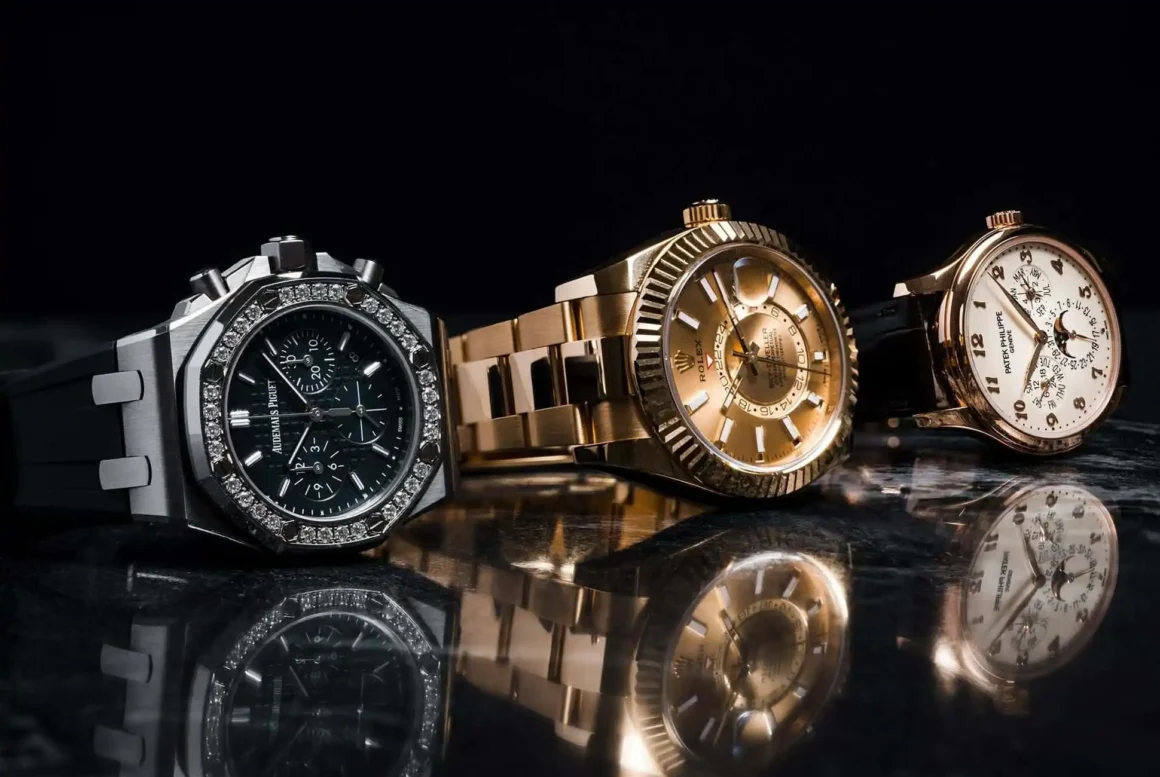
Key Stages of a Collector’s Journey:
- Discovery: The initial stage of exploring different brands, models, and the history of watchmaking.
- Focus: Identifying specific areas of interest, whether it’s vintage watches, a particular brand, or limited-edition models.
- Curation: Building a collection with an eye for value, rarity, and personal connection to each piece.
- Professionalism: The point where collecting becomes more than a hobby, and a collector becomes a connoisseur, often making strategic acquisitions with long-term investment potential.
What Makes a Great Watch Collection?
While personal taste plays a huge role in curating a collection, professional collectors understand that building a valuable portfolio requires more than just buying what looks good. The most successful collections strike a balance between passion and market insight, blending aesthetic pleasure with financial foresight.
1. Rarity and Exclusivity
Rare timepieces, especially limited-edition models or vintage watches, are highly coveted in the collecting world. Owning a piece with a unique history or design elevates a collection’s prestige.
- Example: The Patek Philippe Ref. 1518, the world’s first perpetual calendar chronograph, is one of the most sought-after timepieces by collectors due to its rarity and historical significance.
2. Provenance
The history of a watch—its previous owners, the events it has been part of, or its cultural relevance—can add significant value to a collection. Watches owned by celebrities or linked to iconic moments in history tend to appreciate over time.
- Example: Paul Newman’s Rolex Daytona, which sold for a record-breaking $17.8 million, largely due to its association with the actor.
3. Brand Legacy
Brands with a strong heritage, such as Rolex, Patek Philippe, and Audemars Piguet, are preferred by collectors. Their consistency in craftsmanship and design innovation makes their timepieces reliable investments.
- Notable Mention: Maison Designers, known for working closely with these heritage brands, offers exclusive access to limited-edition models that often become cornerstone pieces in elite collections.
How Leading Collectors Choose Their Timepieces
Professional collectors have a meticulous approach to selecting watches. Each acquisition is driven by a combination of passion, expertise, and foresight.
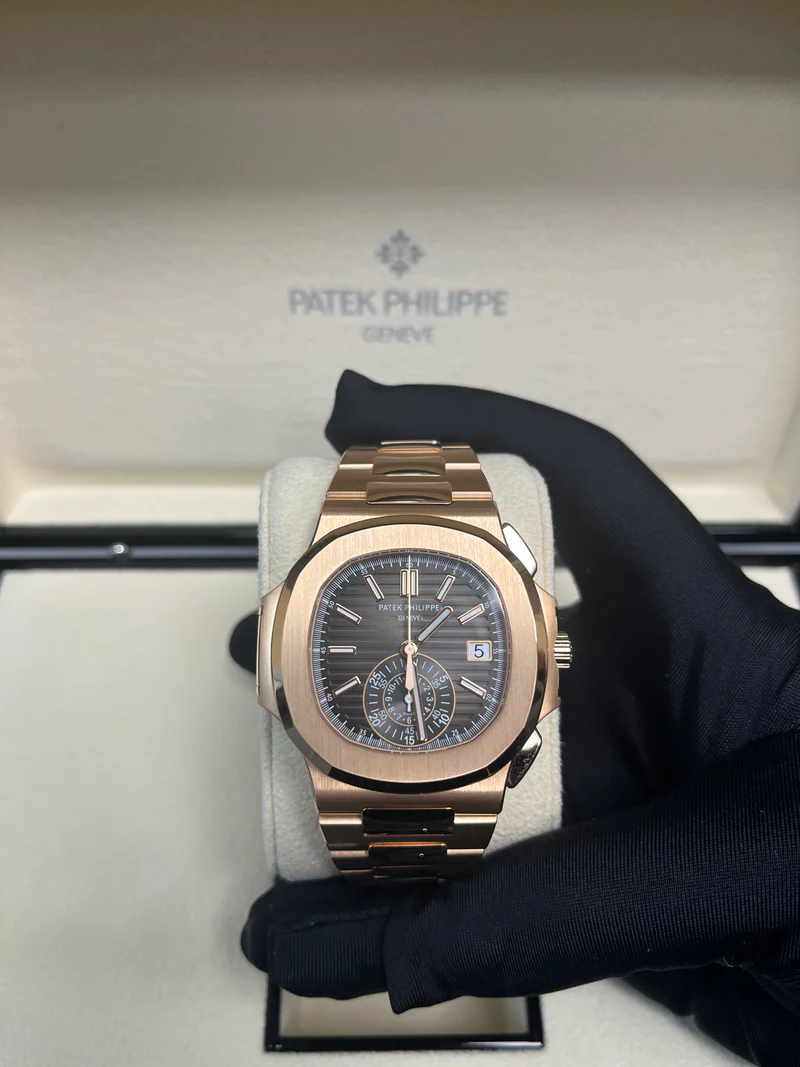
1. Research and Market Trends
Top collectors stay informed about market trends, understanding which brands and models are gaining in popularity and why. They track auction results, observe shifts in consumer preferences, and consult experts before making a purchase.
- Tip for Collectors: Follow events like Watches & Wonders and Baselworld to stay updated on the latest releases and trends in horology.
2. Condition and Authenticity
The condition of a watch can dramatically affect its value. Leading collectors often seek out timepieces that have been well-maintained or professionally restored to their original glory. Additionally, ensuring authenticity through proper documentation is crucial for long-term value.
- Example: Watches with original parts, boxes, and paperwork command higher prices in the secondary market.
3. Emotional Connection
For many collectors, a watch is more than just a financial asset—it’s a piece of history or art that resonates with them personally. Whether it’s a model they’ve admired for years or a watch that reminds them of a significant event, personal connection plays a crucial role in curation.
The Art of Displaying a Luxury Watch Collection
Once the collection is established, how it’s stored and displayed is critical. Leading collectors often invest in state-of-the-art storage solutions, both to protect their timepieces and to showcase them in style.
1. Proper Storage for Preservation
High-quality watch winders and climate-controlled safes are common among top collectors. These tools ensure that watches remain in pristine condition, preventing issues like moisture damage or mechanical wear.
2. Showcasing the Collection
Displaying a collection is an art form in itself. Many collectors opt for bespoke cases or cabinets that highlight the design and craftsmanship of each piece. Some even create themed displays based on brand, era, or material to tell a story through their collection.
Top Collectors and Their Iconic Watch Collections
1. John Mayer
The Grammy-winning musician is also one of the most respected watch collectors in the world. Known for his extensive collection of Rolex watches, Mayer has a particular affinity for rare and vintage models.
- Notable Timepiece: Mayer’s Rolex GMT-Master Ref. 116769TBR, a diamond-studded edition, is a true standout in his collection.
2. Ellen DeGeneres
Comedian and talk show host Ellen DeGeneres is another celebrity with a passion for luxury watches. Her collection is known for its variety, spanning everything from vintage Rolexes to modern Patek Philippe models.
- Notable Timepiece: DeGeneres has been spotted wearing a Patek Philippe Aquanaut, showcasing her versatile taste in both sport and luxury watches.
3. Jean-Claude Biver
The former CEO of Hublot, Jean-Claude Biver is both a professional in the watchmaking industry and a passionate collector. His collection spans across brands, with a particular focus on pieces that reflect the art and history of horology.
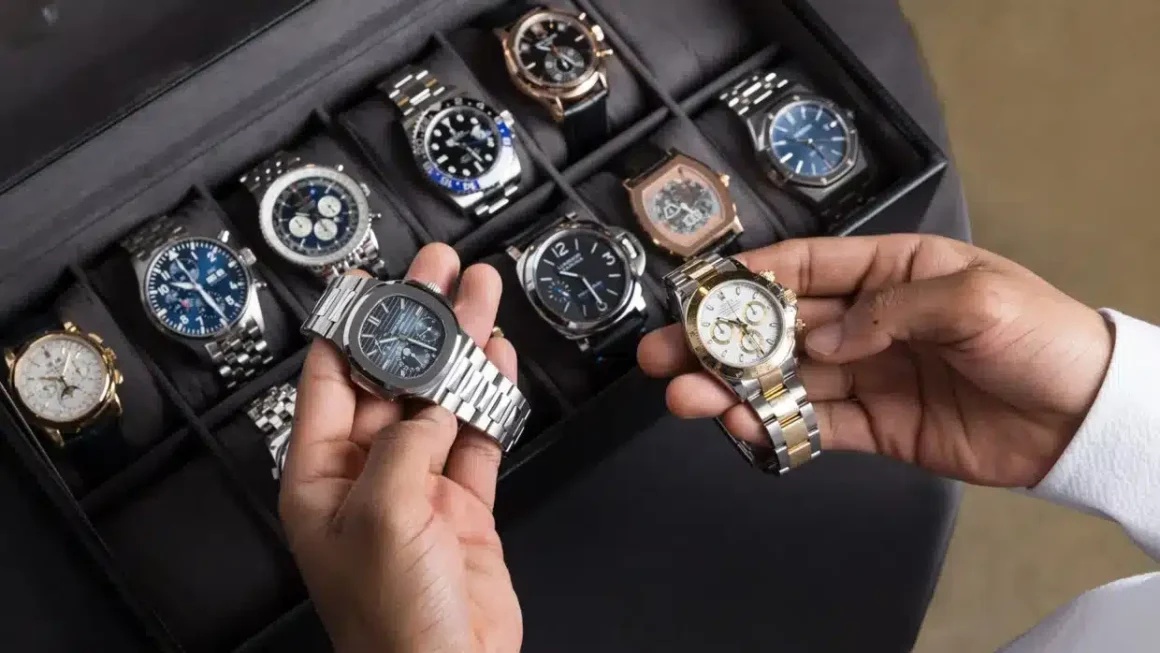
Becoming a Leading Collector: What You Can Learn
While most collectors may not reach the heights of figures like John Mayer or Jean-Claude Biver, there are lessons to be learned from their approach:
- Stay Educated: Continuously expand your knowledge about brands, models, and market trends.
- Balance Passion with Investment: Enjoy the watches you collect, but also consider their long-term value and potential for appreciation.
- Work with Experts: Establish relationships with dealers, auction houses, and fellow collectors to ensure you’re making informed, strategic purchases.
Conclusion
Curating a luxury watch collection is a journey that blends passion with strategy. Whether you’re drawn to a brand’s history, the rarity of a piece, or the aesthetic appeal of a design, becoming a professional collector requires dedication and knowledge. As you expand your collection, remember to strike a balance between personal enjoyment and smart investment, ensuring that your watches not only bring you joy but also retain or increase their value over time.


